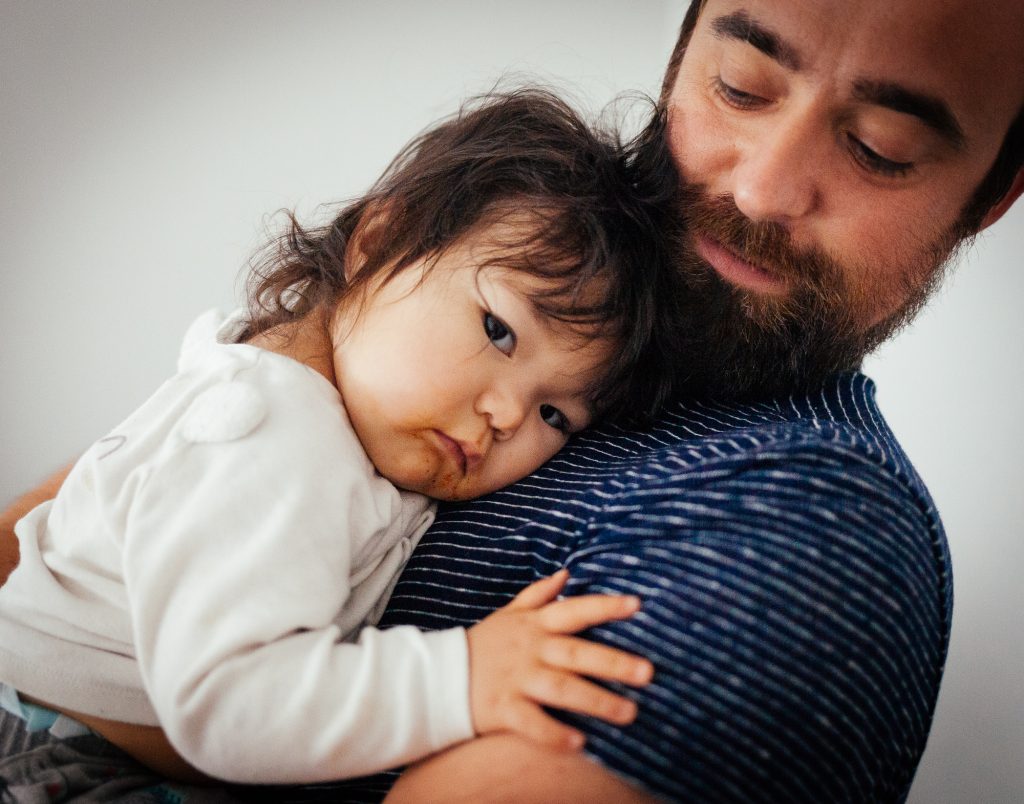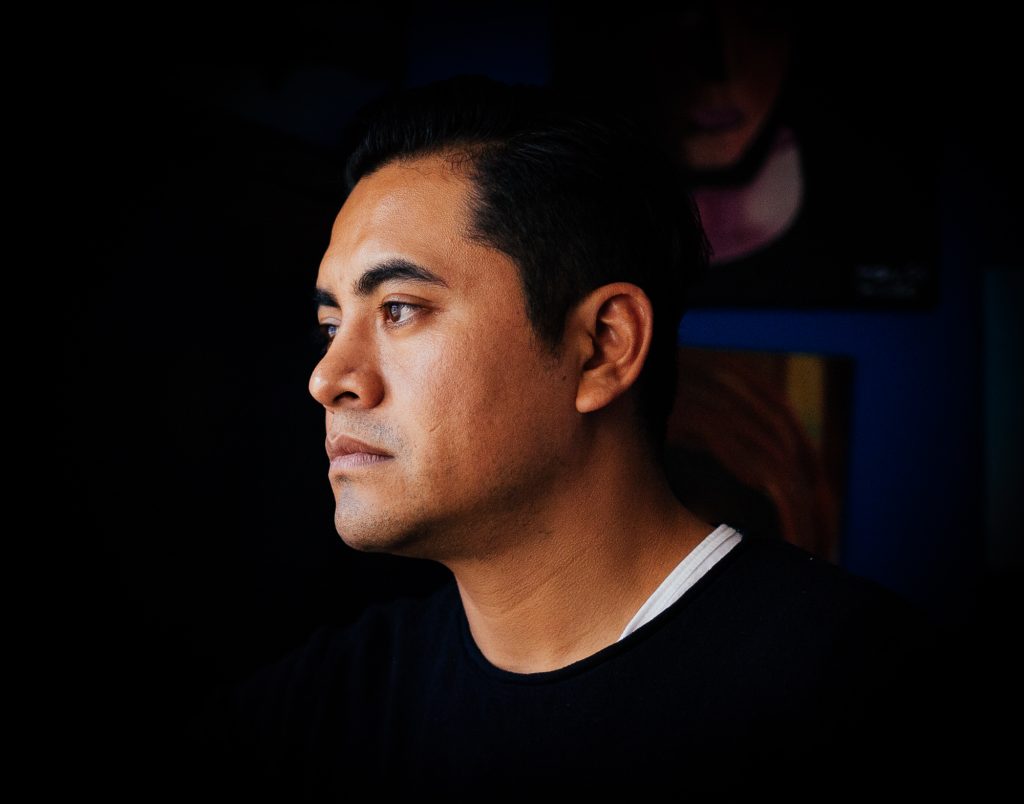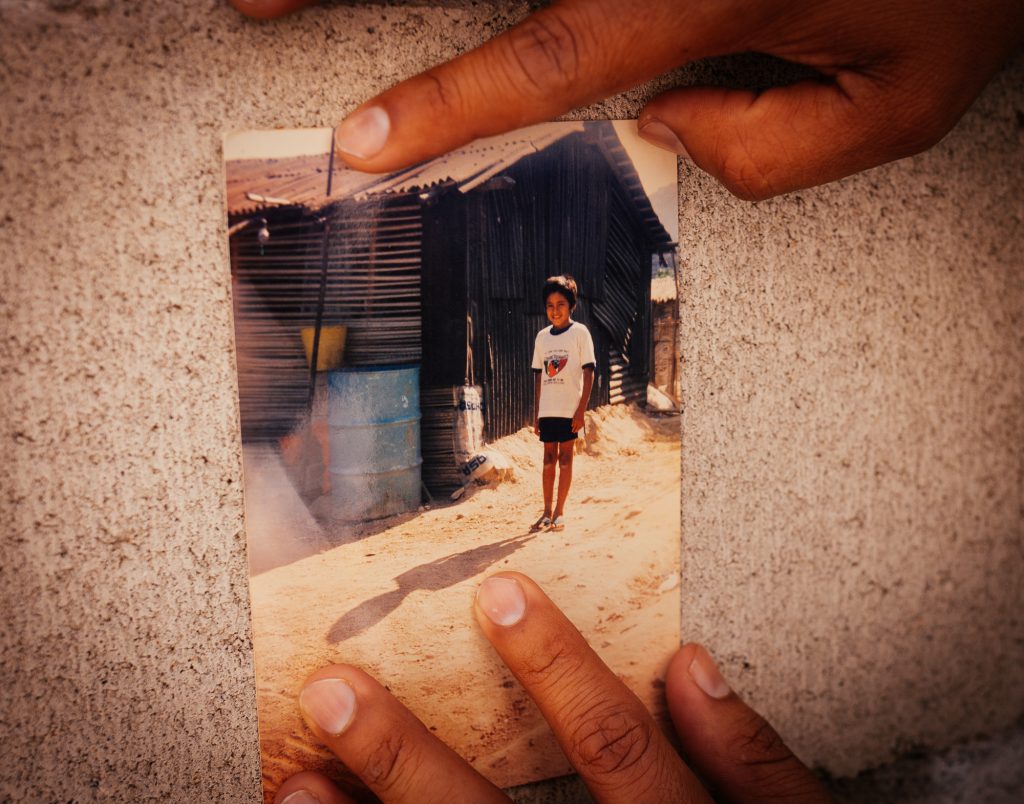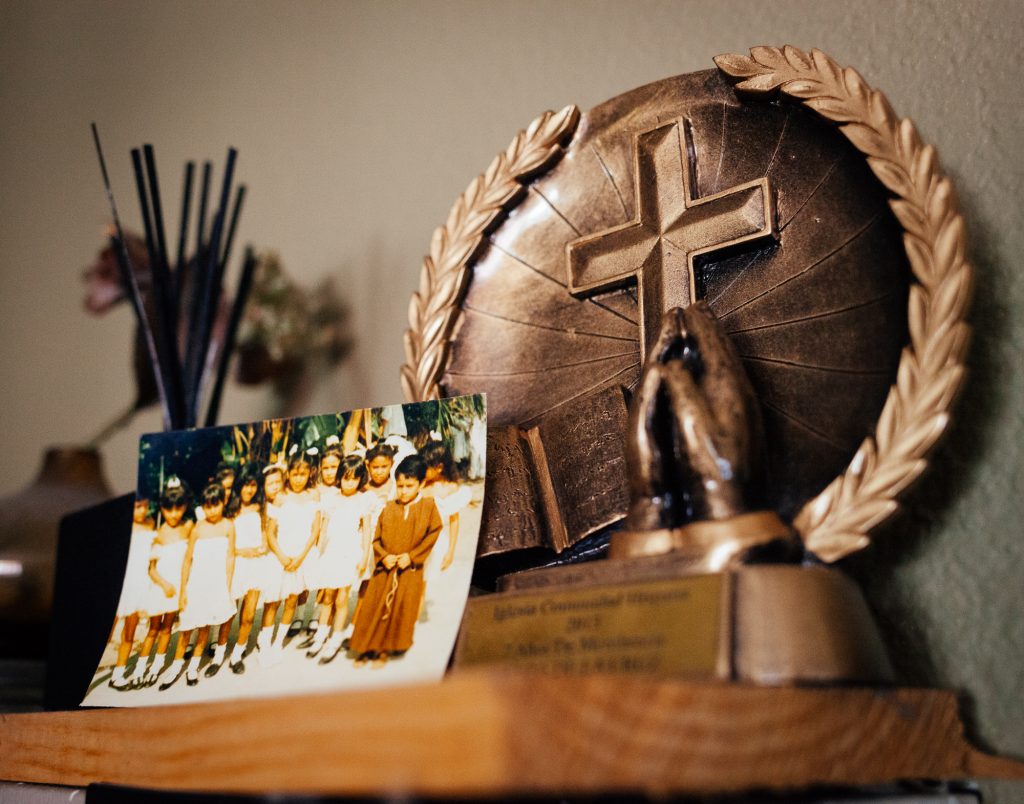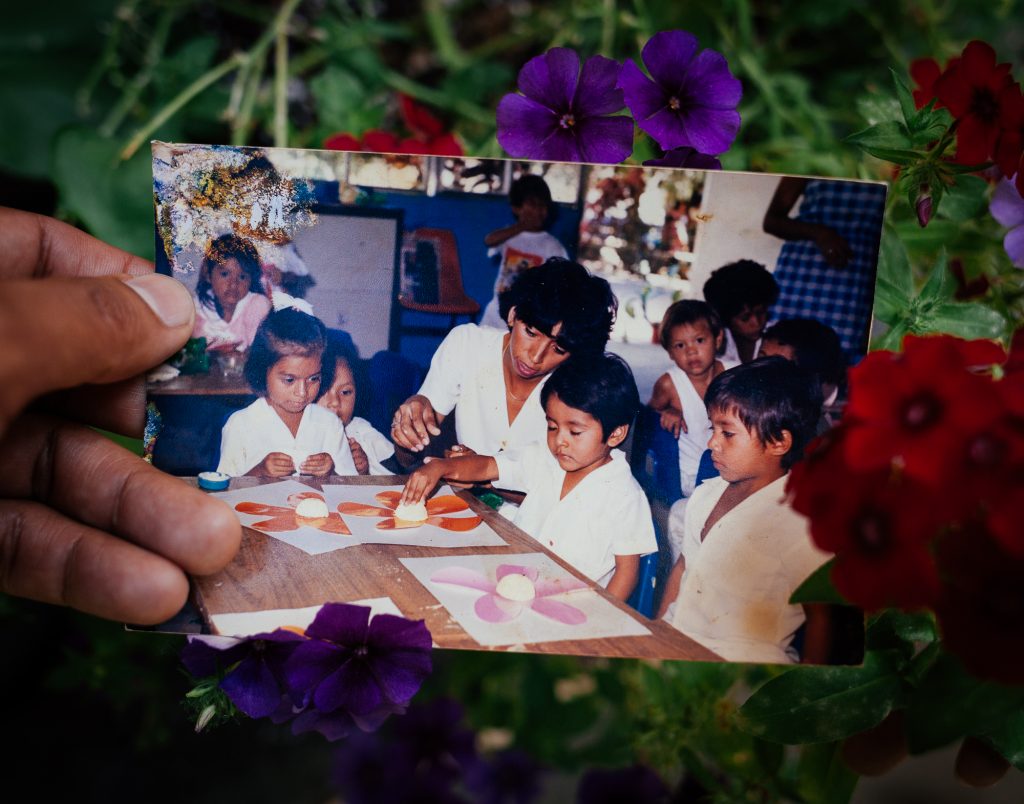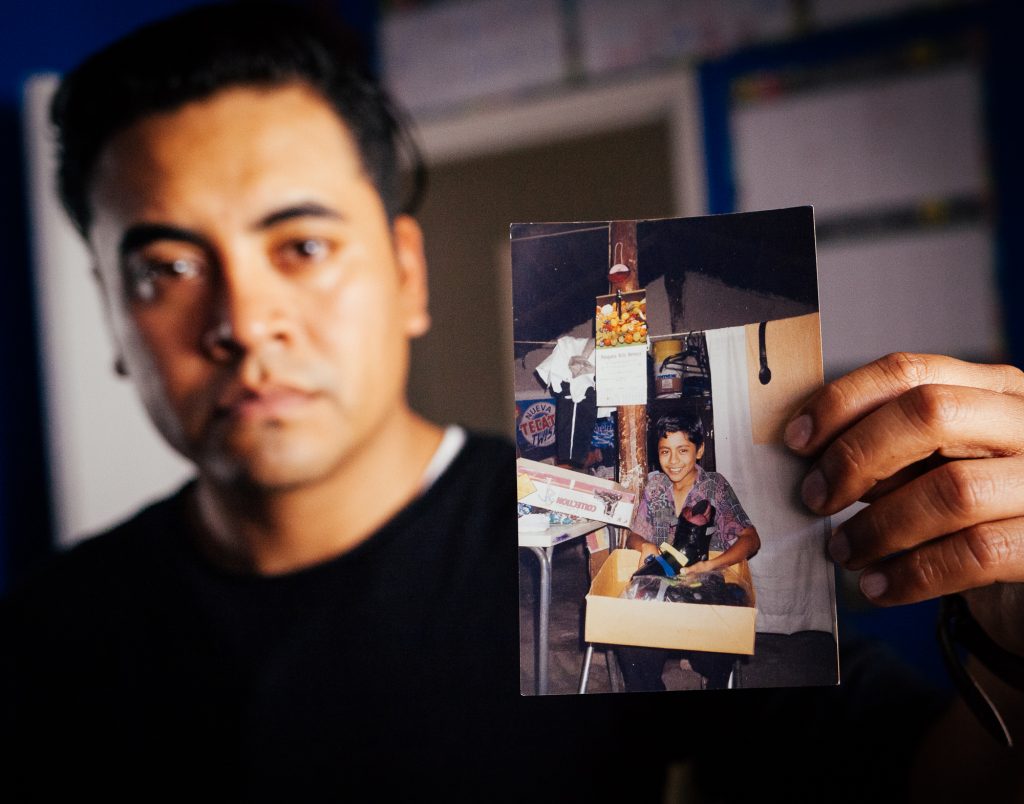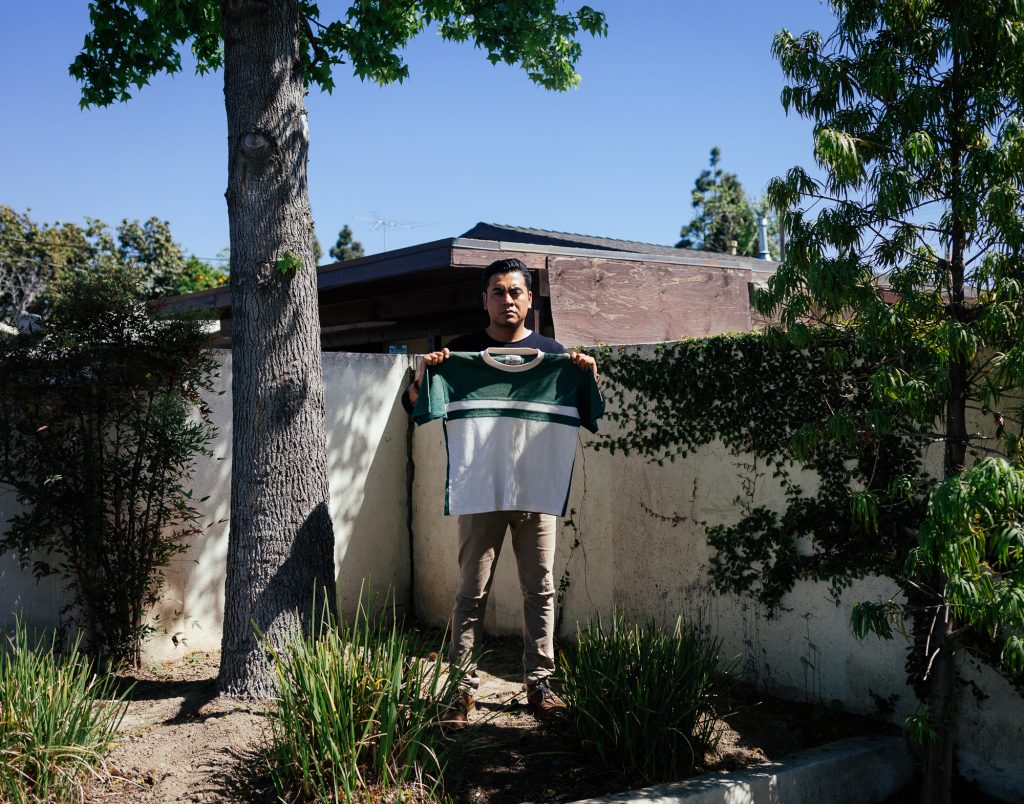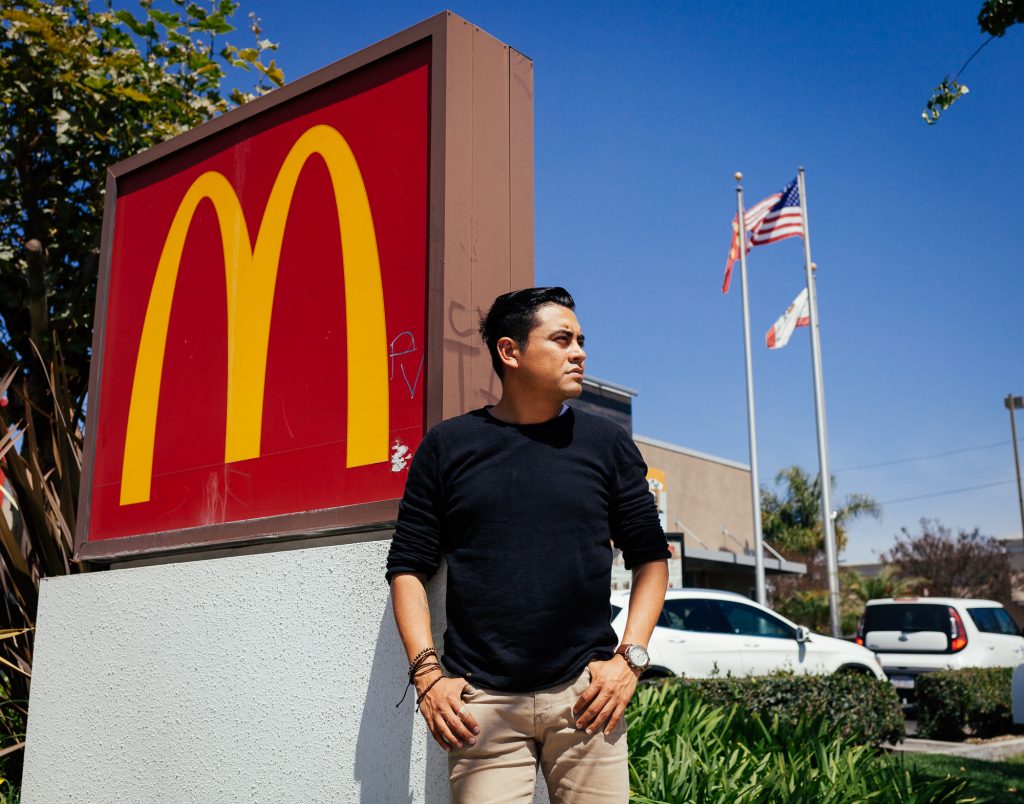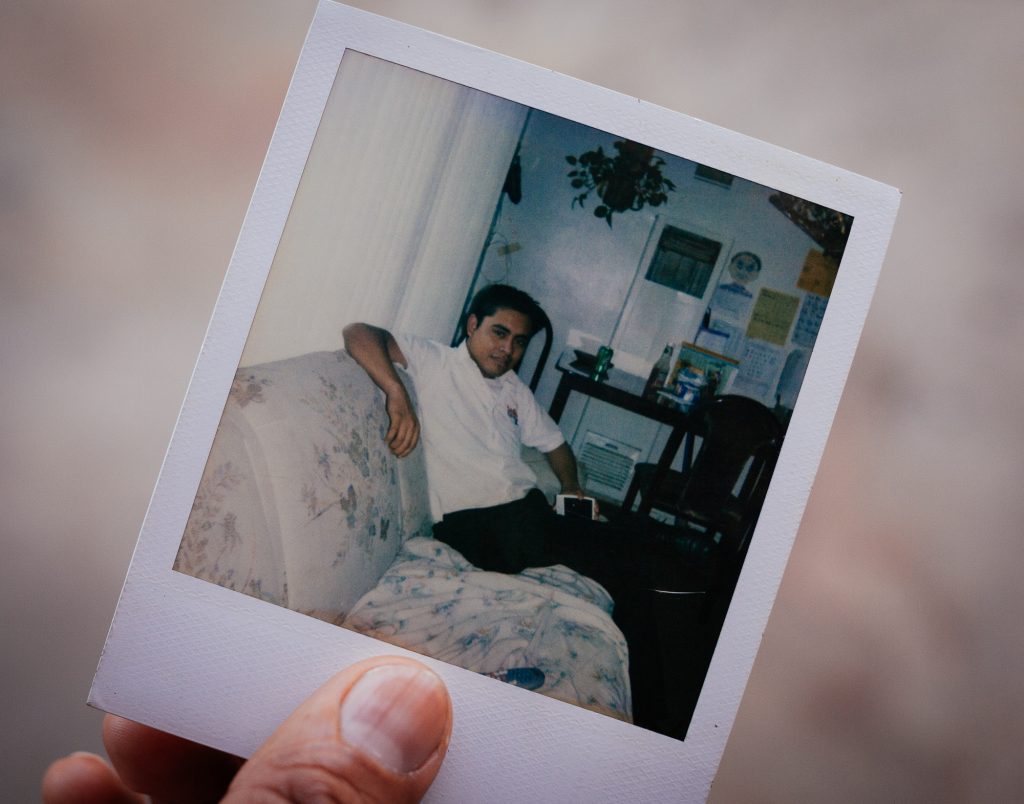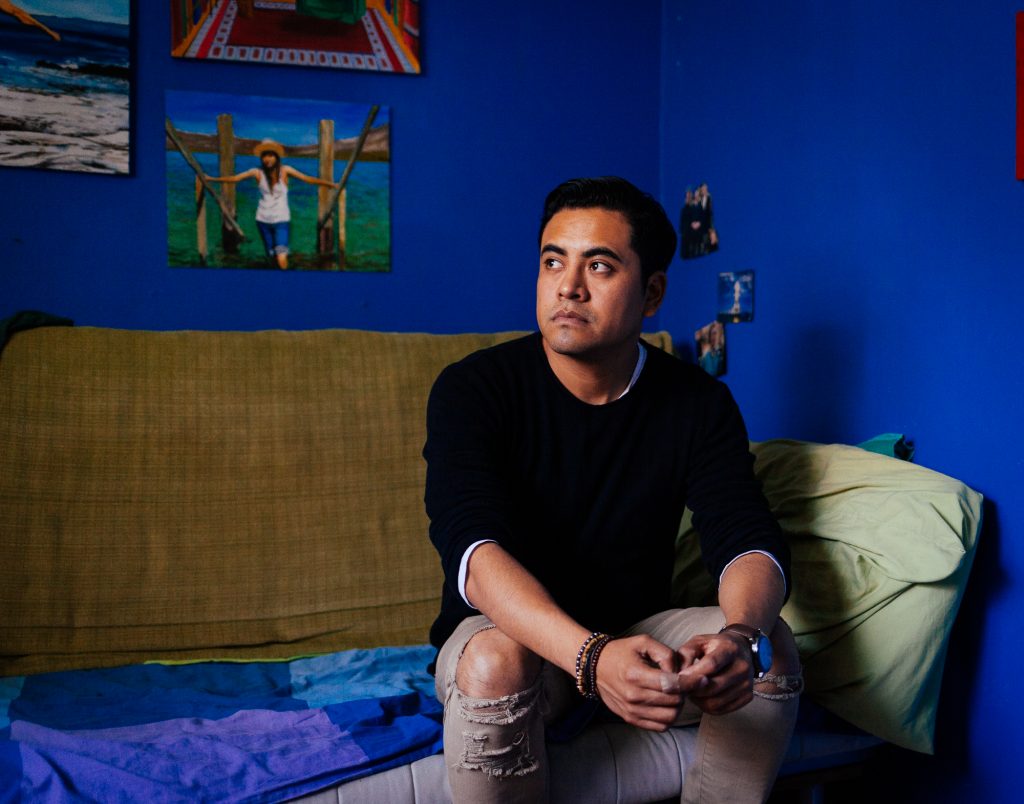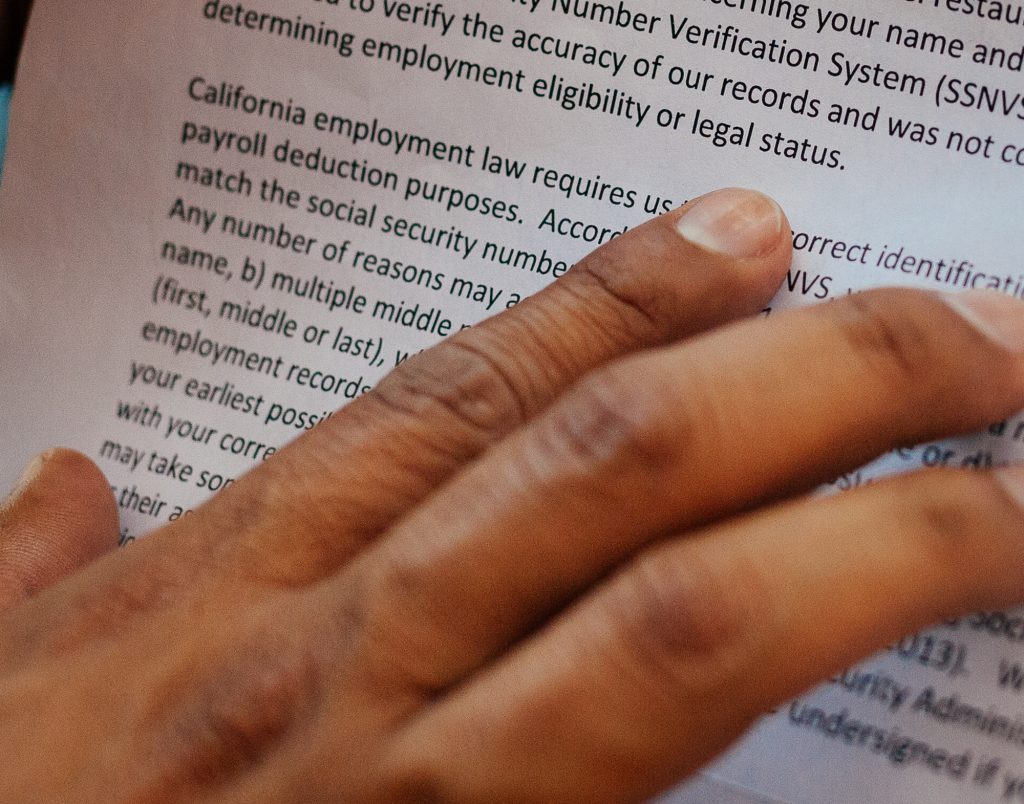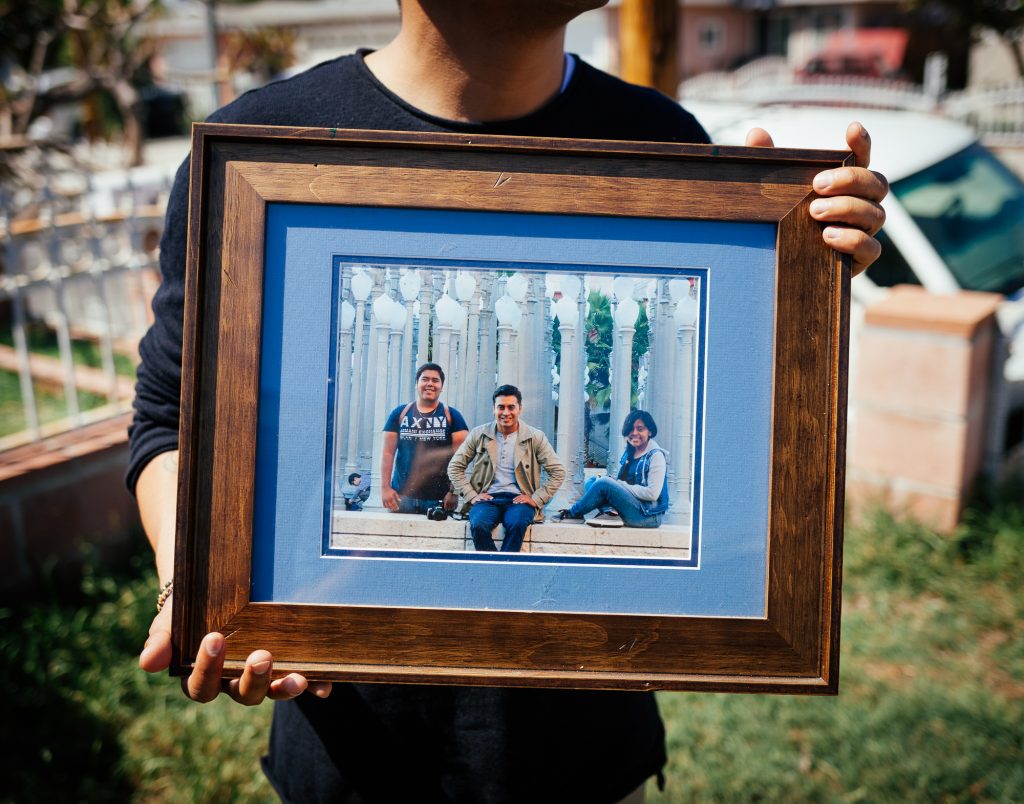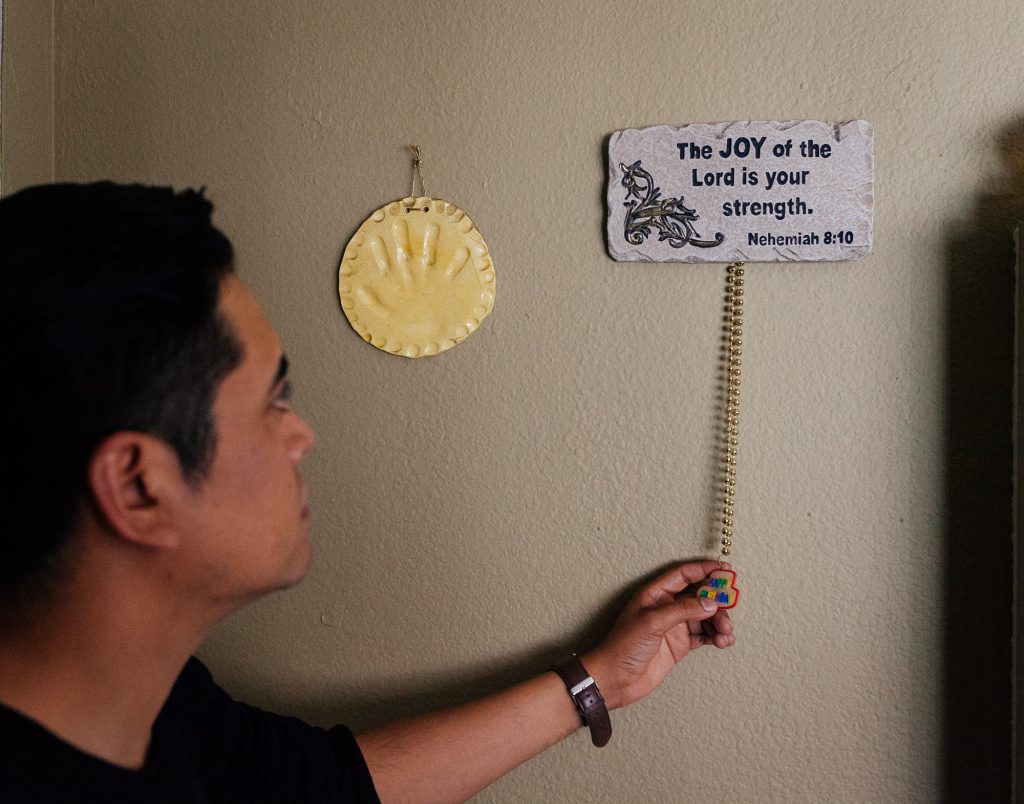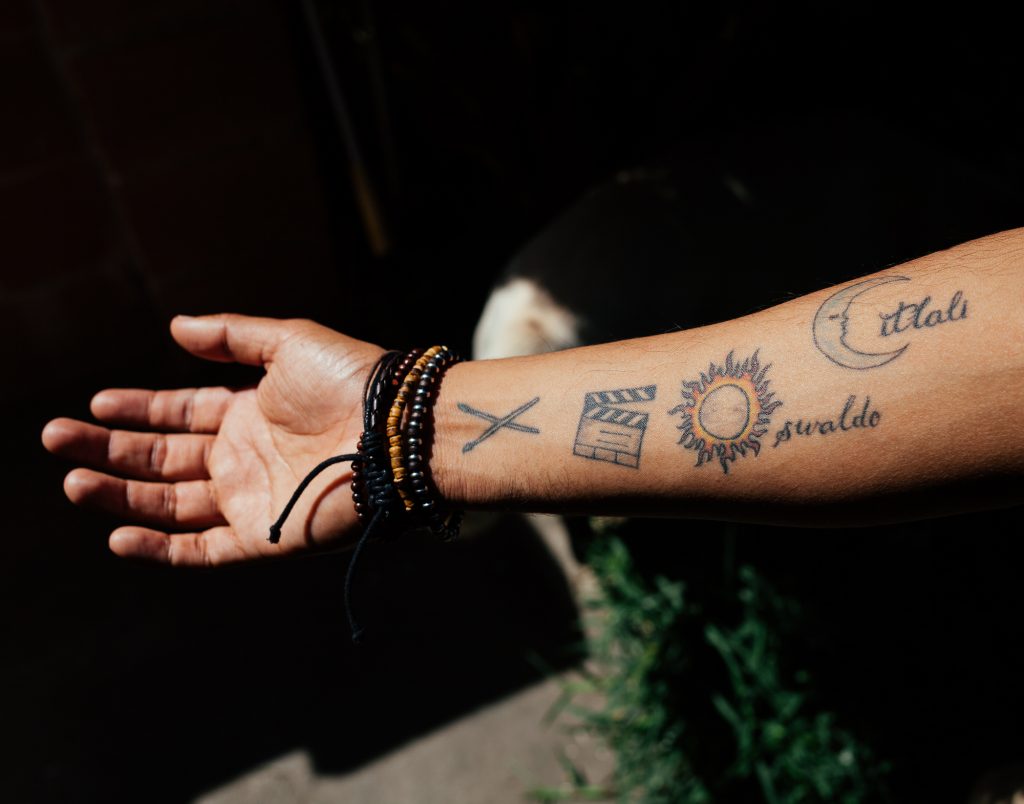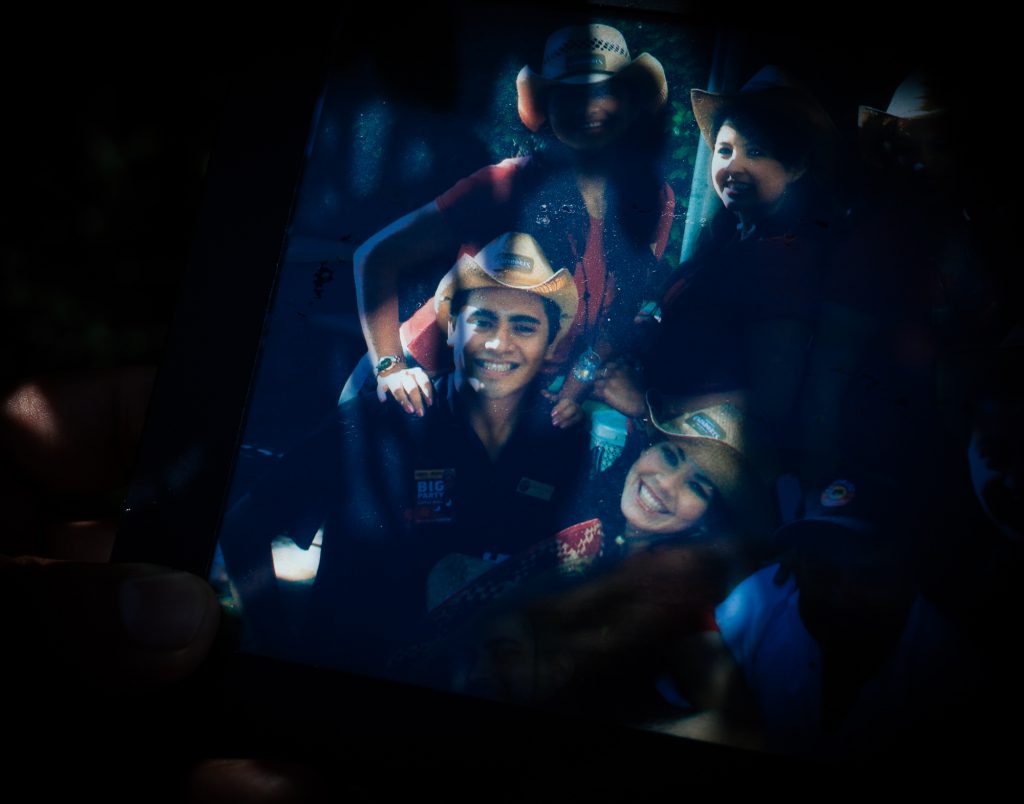
Le Mans
Thierry was born ten weeks early in Le Mans, while his parents were visiting his grandparents, but raised in a suburb outside Paris. To keep it simple, when people ask where he is from, Thierry tells them Paris.
Once a year, Thierry and his three siblings would visit one set of grandparents in Le Mans and the others in Les Vosges. The maternal grandparents in Les Vosges had a farm, and he loved picking blueberries there. It was the same farm his mom and her eleven siblings grew up on and were fed by. He considers himself lucky to have had a “boring happy childhood”. He started going to sleepaway “holiday camps” in the summer at age five and bicycling to school alone when he was only six. His parents encouraged his independence.
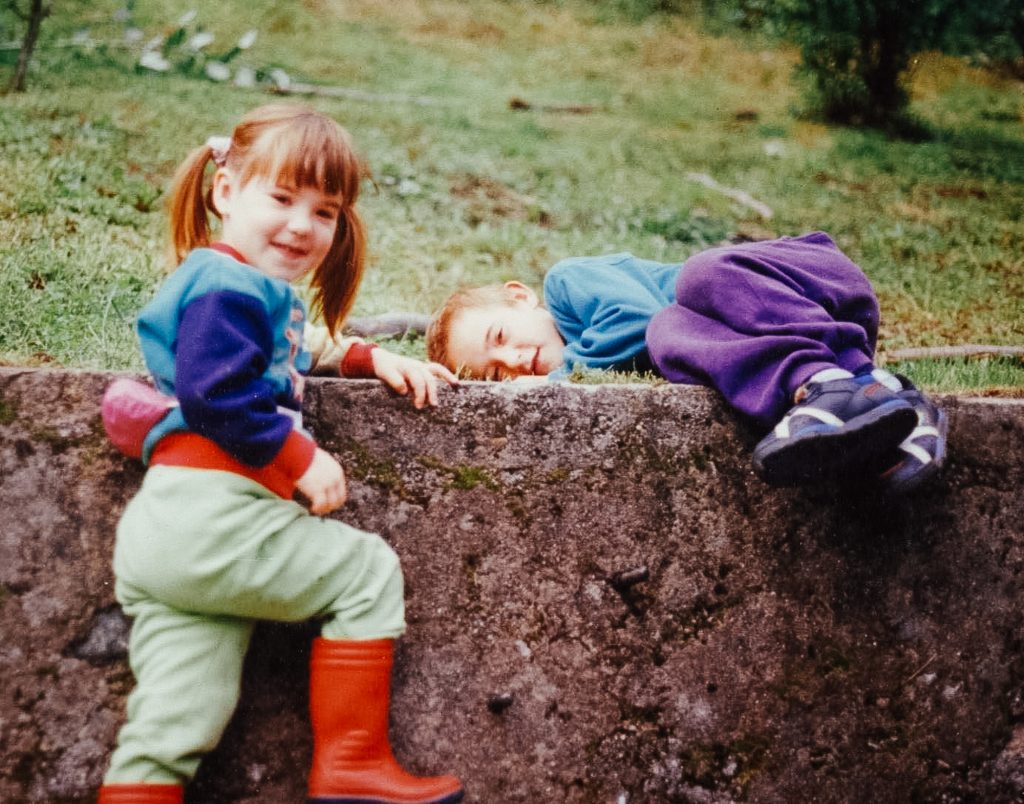
Thierry’s mom worked in management for French telecommunications, and his dad worked for Air France. He actually started with the company as a carpenter, at a time when planes contained wood! The perk of his job was that the family could travel a lot. They weren’t wealthy but were never in need of anything.
“I guess because I was flying all the time, I didn’t feel like borders were a thing. I always felt like I could take a plane and be somewhere else.”

Canada
At 18 Thierry moved to Quebec to go to university and be with his first girlfriend, a Canadian. Despite how Canada is commonly perceived, Thierry didn’t find Canada to be as welcoming a place. He also found it unusual that he had to do a French test – and barely passed with a 60% – even though he is from France!
It was in Canada while studying that he started developing an interest in photography. Thierry’s first photographs were landscapes inspired by Canada’s natural beauty. Thierry got a “real camera” and attempted some portraits. The first portrait he felt looked professional was of a little child he spotted looking out the window when he was at his brother’s wedding in the South of France [see the photo below].

When he was 20, Thierry and his Canadian girlfriend broke up. All of his friends in Canada were connected to his ex-girlfriend, so he decided it was best to move back to France. For the next five years, he lived in Paris, researching in a lab, pursuing a Ph.D. in cancer research. The fact that his father was battling cancer heightened his passion for the field. Sadly, all of this time in a lab meant less time with his father who was dying. He found it hard to stand the 60 hours a week inside in a lab environment and was happy when it was over. At age 25, with a Ph.D. in cancer research, Thierry decided to switch careers and become a photographer.
Photography
Thierry already spent so much of his free time on photography and wanted to see if he could make a career of it. After his father passed away Thierry left France and traveled with his camera to Brazil, Thailand, Morocco, Japan, China, and even spent a few months traveling in the US. The first time he went to Los Angeles, he fell in love with the weather and the people. He also thought it was the perfect place for him to work as a photographer.
“I knew there was something different for me in this city. It was the place to be for me. I felt very stuck in France. I knew it would be a challenge because everyone is a photographer or model here.”

Thierry can’t see himself in any other career – photography is his way of expressing himself. Thierry’s late father always loved photography. Thierry knows that his father would have loved to be a professional photographer. For someone who started working as a carpenter at 14, it simply wasn’t a realistic career option.
“I feel like photography is a mission, not only for me but for my father, to do what he would have loved to do. I hope he is proud of what I am doing.” (audio below)
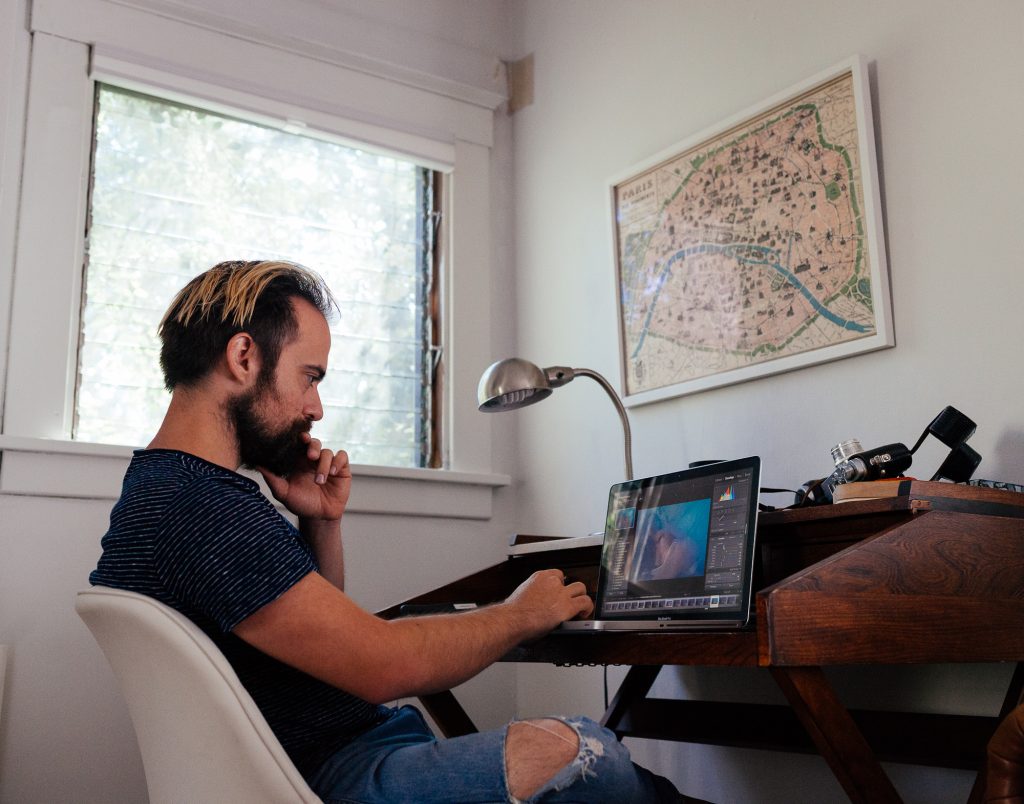
Scientific Approach
Thierry feels like, in a roundabout way, his studies in the sciences are useful for his work as a photographer.
“I still have the scientific approach – trial and error, and statistics. The way I photograph, I think about the physics of it. A lot of people take photos in a very experimental way. I think in many ways, my knowledge of physics allows me to do a little less trial and error.” (audio below)
All those years studying and researching for his Ph.D. taught Thierry discipline, a quality he believes he needs as an artist trying to live from his craft.
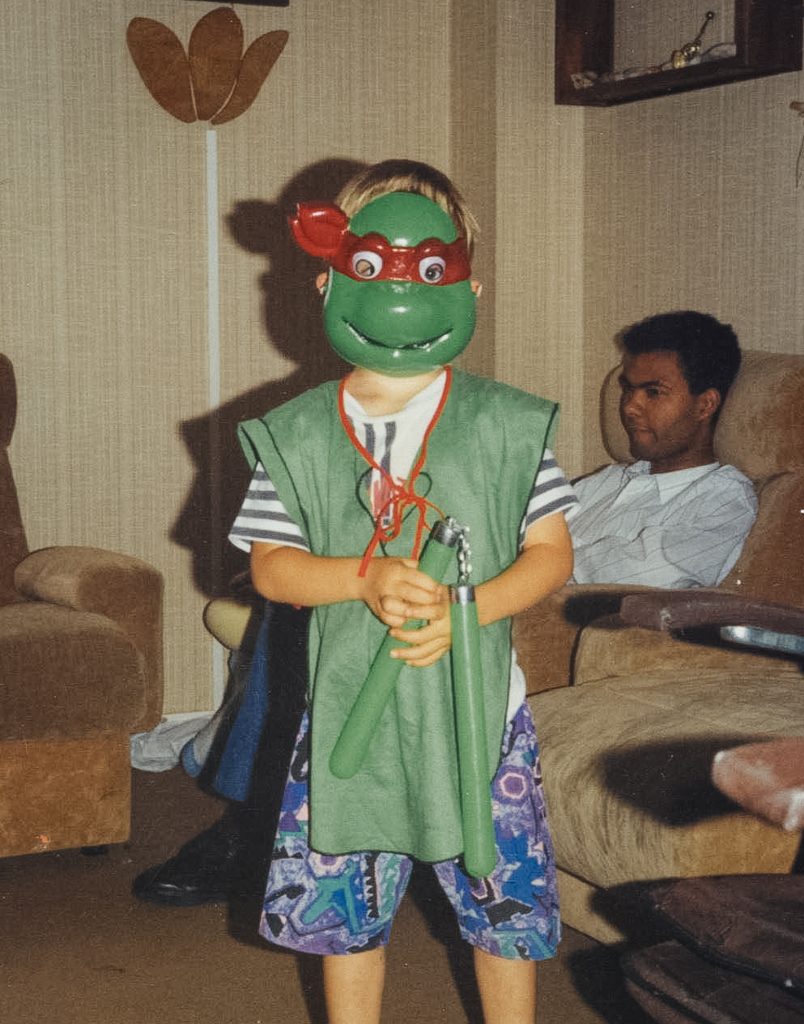
Misconceptions
Thierry has found that Americans often think the French hate them, and if you go to France, you shouldn’t mention you are American. He thinks this is wrong.
“We fantasize about the US, like how the Americans fantasize about France.”
A lot of the French TV shows he watched during his childhood were just reproductions of American shows. The French government had to create laws making it mandatory that radio stations play a certain quota of French music or else it would be all American. Thierry believes that if a company is “American,” it will succeed in France.
“Even though Starbucks is the worst coffee, it’s American, so people in France go there. We have much better coffee in Europe than that, but it works. There is a fascination about America, and I think it comes from after WWII they were seen as our savior.” (audio below)
Despite this fascination, Thierry never imagined himself living in the US.

California
When Thierry first moved to the US in 2014, he moved to Orange County, California. In 2017 he moved to Pasadena, a city northeast of downtown Los Angeles. Thierry thinks LA is a city you either love or you hate, and having a normal job is anything but a nine to five. He also thinks it is a place where if you are good at what you do, you can succeed.
“What I like here compared to France is that if you are good, people will give you a chance. In France, they like what you are doing but they already have a photographer. People aren’t willing to change unless there is a major problem like the photographer died or he’s blind. People here are more open to change and to try and experiment. It is more performance-based. If you bring them more money, everything is good.”
Most people Thierry encounters in LA work in the entertainment industry, but most of them also need to supplement their artistic endeavors with another job like bartending.
“It’s very easy to get lost because a lot of people are doing five or six different things. There are so many distractions and events going on. It’s easy to be at events every day.”
Los Angeles is a city where people from outside the US, and people from inside the US, migrate. Thierry knows it is more diverse and open-minded than most places in America.
“In Temecula Valley, two hours from LA, I was doing a photoshoot and I made a wrong turn. I stopped to make a call on my cell phone and someone came out of their house with a shotgun. ‘Get off my property, or I’ll shoot!’” (audio below)
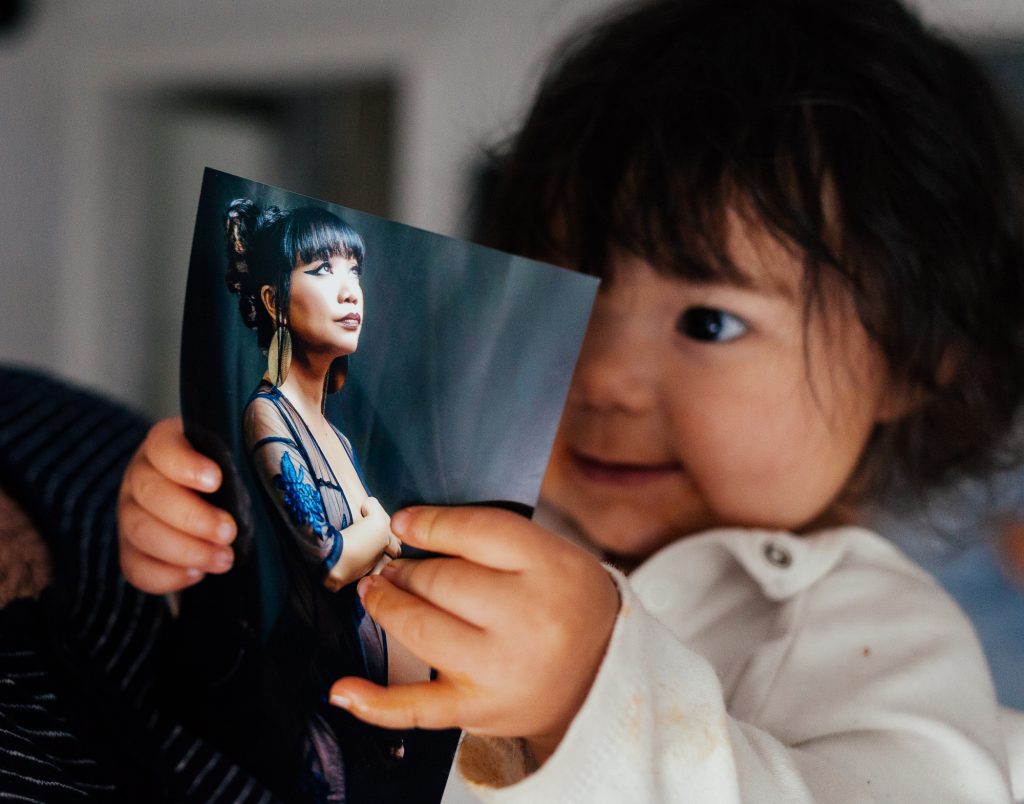
Relationships
Thierry and his ex-wife [see the photo above] didn’t meet on a set, even though she is a makeup artist, and he’s a photographer. A friend of a friend introduced them, thinking they would get along. Thierry knows that his career can be a challenge in any relationship.
“It’s very hard to be a photographer and be in a relationship, no matter if your partner understands or not. Last year I did ten publications in Playboy [see the photo below]. It’s not necessarily easy being in a relationship when you do that.”

Daughter
In 2017 Thierry became a father.
“I discovered what unconditional love is. With my daughter, I can’t even imagine, no matter what she does that I will not love her. There is this deep connection, and it changed my life.” (audio below)
Thierry reflected on his finances after having a daughter.
“I changed from whatever comes is good; to now, I need to make money and feed my kid. Before having my daughter, I would accept a lot of unpaid jobs. Since then, I have focused on my need to make an income.”
Photography an industry where people are always trying to push to pay you less. Thierry is invited regularly to events, where people think he will take photos and share them for free. Now he is straightforward about it; for his daughter’s sake – he needs to be paid.
“You don’t invite your dentist to your house and expect them to fix your teeth!” (audio below)

Green Card
Thierry’s green card came through marriage. He can’t believe the complexity of the process.
“There is no one that wants to move out of their country unless they have a very good reason for it. Either they are fleeing something, or they are aiming at something specific like me. It’s much more comfortable for someone to stay where they are. I don’t think that crazy strict regulations on immigration are a good thing. One of my hopes for the future is that emigrating will be easier, and ideally, borders would be a thing of the past.” (audio below)
Nutrition
Thierry loves cooking healthy natural foods.
“After my dad passed, I started being very health conscious because I didn’t want to be on the same path. His cancer was very related to food. I think, for the most part, most cancers are related to lifestyle. Even things like smoking are not even close to being as bad as having bad eating habits.” (audio below)
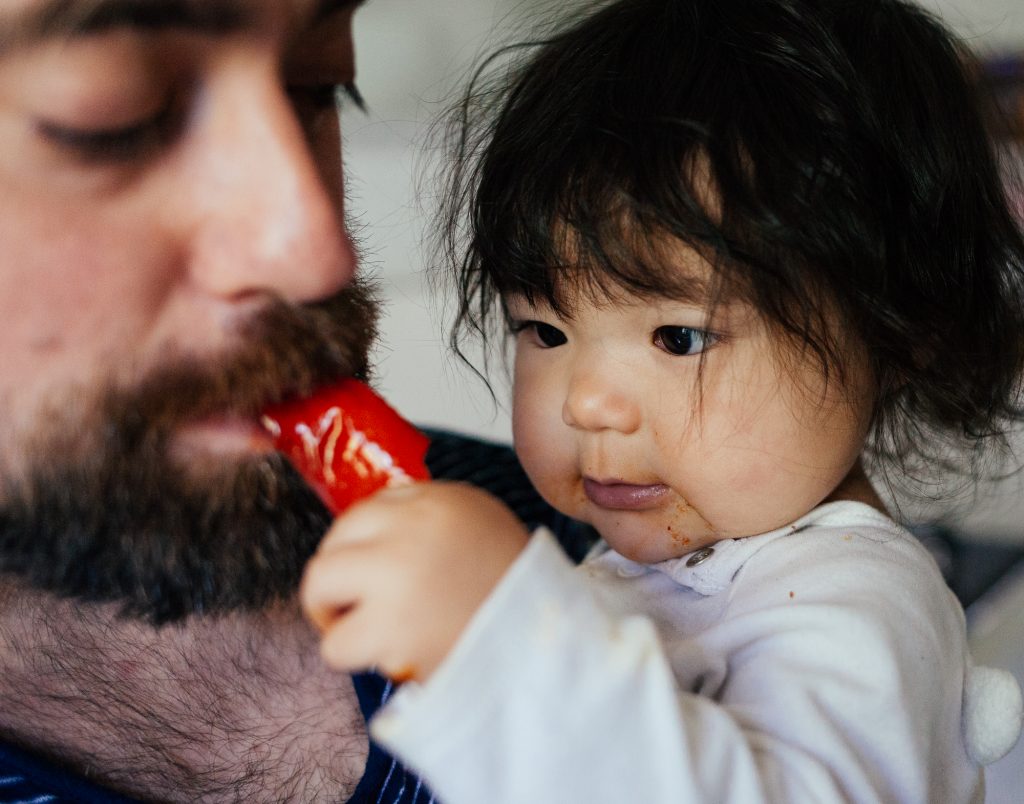
Thierry wants his daughter to know where her food comes from. When he was young, he did. His grandparents were raising about 30 rabbits at any time, and that was the main meat they ate.
“I remember seeing the rabbit, playing with the rabbit, then you take a rabbit, you skin it and you eat it. To most people, it seems really rough, but to me, it made me appreciate it. I would never waste any meat because this was something that was living.” (audio below)

Future
Thierry is busy doing commercial photography, weddings, running a studio, working as a director of photography for TV shows, and he has even acted in a few. Despite all of this work, his number one priority is his daughter.
Thierry feels a sense of duty to expose his daughter to as much of the world as possible. He believes a lot of the world’s problems stem from peoples’ lack of exposure and knowledge. Traveling and experiencing different cultures and ways of life was one way that Thierry thinks he became more empathetic to others. The more you travel, the more you realize that people have the same basic needs.
“When you meet a family from a country you had a misconception about, you see that no matter what, they love their kids and would do anything for their kids. Anywhere you go, you will see that people love their kids and would do anything for them. My hope for the future is that we raise children that travel more and understand other cultures and are empathetic to others. I think that the new generation is more open. I’m hopeful for that.”
Borderless World
Thierry likes to believe that we are moving towards a better world – that people are starting to see how “hard borders” are creating more problems than they are solving. It makes sense to Thierry that if it is incredibly hard to get from Mexico to the US, once someone does, they are going to stay because they paid so much money and went through so much trouble to migrate in the first place. If it were easier, like it was in the past, people would come and go, back and forth. (audio below)
Thierry believes that just because someone is born in a certain country, it shouldn’t give them any more right to be in that place. He dreams of a borderless world for his daughter’s future.
#FINDINGAMERICAN
To receive updates on the book release and exhibition of “Finding American: Stories of Immigration from all 50 States” please subscribe here. This project is a labor of love and passion. If you would like to support its continuation, it would be greatly appreciated!
© Photos and text by Colin Boyd Shafer | Edited by Kate Kamo McHugh. Quotes edited for clarity and brevity.


